In the intricate dance of survival, plants have evolved sophisticated defense mechanisms that often go unnoticed by the human eye. Among these, the tomato plant (Solanum lycopersicum) has developed a particularly fascinating strategy: the ability to release distress signals tailored to the severity of pest attacks. This phenomenon, dubbed "precision enemy attraction," reveals a level of biological nuance that challenges our traditional understanding of plant communication and defense.
The concept of plants "calling for help" is not entirely new. For decades, scientists have known that certain plants emit volatile organic compounds (VOCs) when under attack by herbivores. These chemical signals serve as a beacon, attracting natural predators of the pests. However, recent research has uncovered that tomato plants don't just send out a generic SOS—they calibrate their chemical cries based on the intensity of the threat.
How Tomato Plants Measure Danger
When a caterpillar begins munching on tomato leaves, the plant's response isn't immediate. It first assesses the damage through a complex system of chemical sensors. The more extensive the damage, the greater the concentration of specific enzymes produced by the plant. These enzymes, in turn, catalyze the production of distinct VOC blends. Essentially, the tomato plant has evolved a chemical "volume knob" that turns up the intensity of its distress call proportionate to the threat level.
Studies using Spodoptera exigua (beet armyworms) have shown remarkable results. When a few caterpillars feed moderately on leaves, the plant releases a baseline level of (Z)-3-hexenyl acetate, a common green leaf volatile. But as the number of caterpillars increases or their feeding becomes more aggressive, the tomato dramatically shifts its chemical output, adding compounds like methyl salicylate and indole to the mix. This refined cocktail proves far more effective at summoning parasitic wasps (Cotesia marginiventris), natural predators of the caterpillars.
The Precision of Chemical Communication
What makes this system extraordinary is its specificity. The tomato doesn't waste energy broadcasting maximum-strength signals for minor threats, conserving resources for when they're truly needed. Conversely, when facing existential danger from pests, it doesn't hold back. Researchers have identified at least three distinct VOC profiles corresponding to light, moderate, and severe infestation levels.
This graduated response system suggests an evolutionary arms race between plants and herbivores that has lasted millennia. As some insects developed ways to mask their feeding or minimize detectable damage, plants counter-evolved more sensitive detection methods. The tomato's ability to distinguish between, say, five caterpillars taking occasional bites versus twenty caterpillars devouring entire leaves represents a survival advantage honed over generations.
Agricultural Applications and Future Research
The implications for sustainable agriculture are profound. Understanding these precise communication mechanisms could lead to novel pest control strategies. Imagine fields where companion plants are strategically placed to amplify these signals, creating a natural pest control network. Some researchers are even exploring the possibility of breeding tomato varieties with enhanced signaling capabilities or developing synthetic versions of these VOC blends for use in organic farming.
Current studies are expanding to examine how environmental factors like drought or nutrient stress might influence this signaling system. Preliminary data suggests that water-stressed tomato plants may alter their VOC profiles, potentially affecting the efficiency of their distress calls. This intersection between abiotic stress and biotic defense mechanisms opens new avenues for understanding plant resilience in changing climates.
Beyond tomatoes, scientists are investigating similar systems in other crops. Corn, for instance, shows comparable though less nuanced responses to pest attacks. The sophistication of the tomato's system raises questions about how domestication and selective breeding may have impacted these natural defense mechanisms in other agricultural plants.
As research continues, each discovery peels back another layer of complexity in plant communication. The humble tomato plant, often viewed as a passive organism waiting to be eaten, reveals itself as an active participant in ecological warfare—measuring threats, calculating responses, and summoning allies with biochemical precision that would make any military strategist envious.

By /Jul 29, 2025
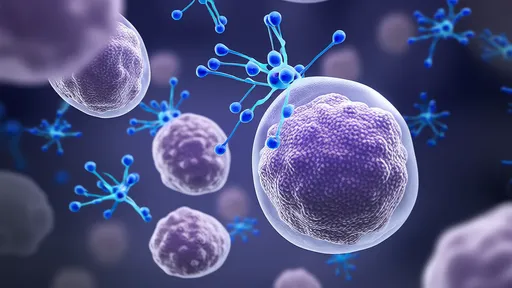
By /Jul 29, 2025

By /Jul 29, 2025
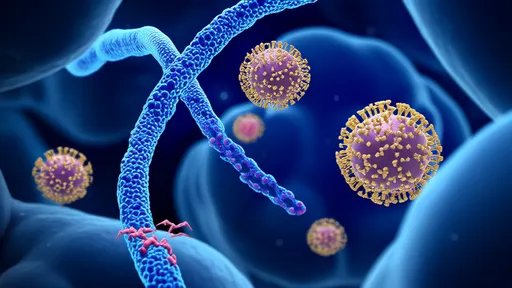
By /Jul 29, 2025
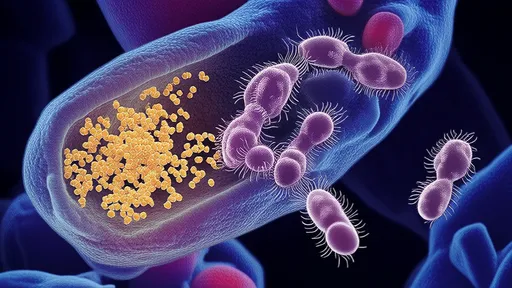
By /Jul 29, 2025

By /Jul 29, 2025
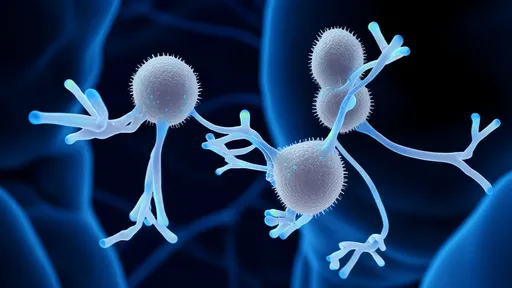
By /Jul 29, 2025
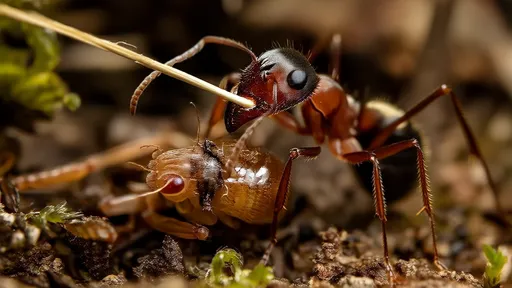
By /Jul 29, 2025
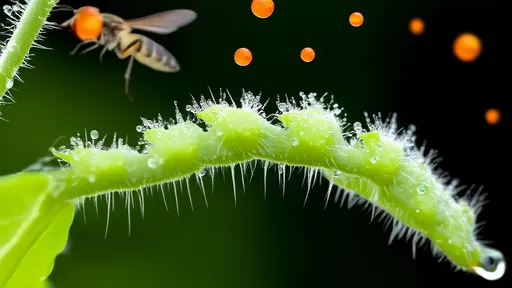
By /Jul 29, 2025

By /Jul 29, 2025

By /Jul 29, 2025

By /Jul 29, 2025

By /Jul 29, 2025
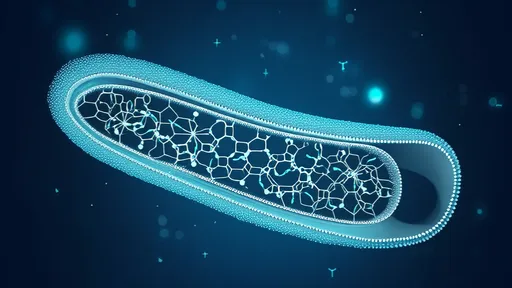
By /Jul 29, 2025

By /Jul 29, 2025

By /Jul 29, 2025

By /Jul 29, 2025

By /Jul 29, 2025

By /Jul 29, 2025

By /Jul 29, 2025